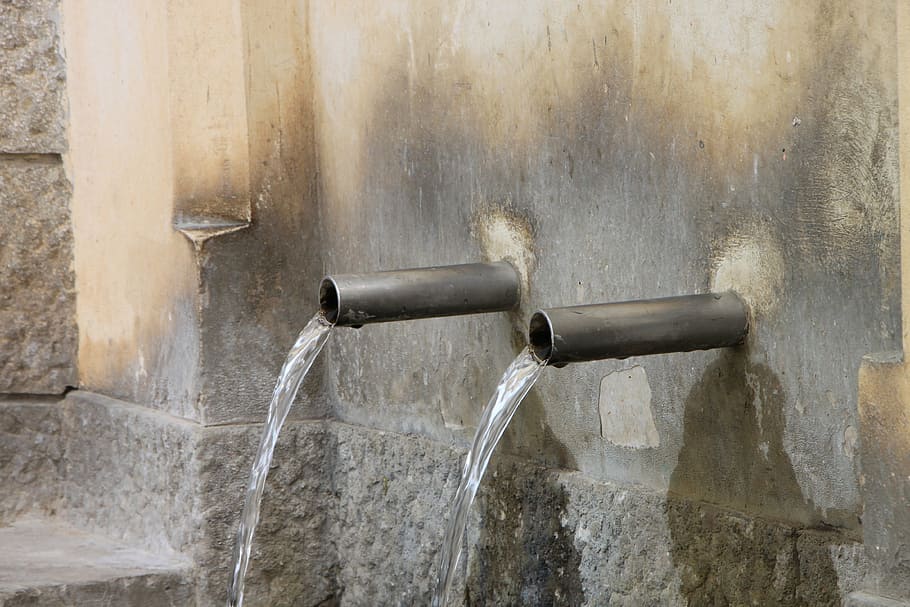Investing in the Security of Our Public Water Infrastructure

By: Adam Stephenson | Jun 02, 2021
Have you thought about where your water comes from? What would do without it? You turn the tap and there is fresh, clean, potable water. The only time it may enter your mind is during the inconvenience of a water shortage, with limited lawn watering and car washing, or the occasional boil water advisory. But what happens if the water is gone, or contaminated? You could use a UV water treatment system to disinfect the water coming into your home, but what if the water never reaches the system? As you’re reading through this article, pause and think about life without clean water.
Water and Wastewater Infrastructure Problems
Our water is not secure enough. Aging systems with growing demands are prone to failure. Replacing some of the lines only puts more stress on the lines that have not been replaced. Some other problems include poor water quality, lack of system looping, loss of pressure due to breakage, and wastewater inflow and infiltration. Aging wastewater infrastructure becomes prone to deterioration with increased breakage. These breaks cause loss of system pressure and can produce poor water quality by allowing groundwater and rainwater to infiltrate into the sewer or water mains. Along with infiltration, inflow of rainwater through cracks or illegal connections makes the system become overstressed. This puts undo stress on sections of main lines, sewers, and wastewater treatment facilities and can lead to extensive costly repairs. The only way to fully secure water distribution infrastructure is to completely rehab an entire system. This is hard, if not next to impossible to do, because of financial considerations and time. So, what can we do?
Securing Water Infrastructure
Some methods to improve water security include repairing aging infrastructure, utilizing new technology, increasing public awareness, and protecting against cyberattacks.
Technology will improve to reduce the problems with water infrastructure. Green infrastructure practices, including green roofs, rainwater harvesting, and permeable pavements will be of importance to water quality and conservation in the near future. New technology will also be needed to provide for better, stronger, more efficient repair or replacement of lines and other aging infrastructure.
Increasing outreach and education is vital in securing money and support for water infrastructure projects. Increased awareness and education for the public about water infrastructure issues and the need for clean water is imperative.
Information technology and security from cyberattacks will be of increased importance as technology advances. Information Technology (IT) teams are already behind the scenes protecting SCADA (supervisory control and data acquisition) systems and other IT systems from attacks by hackers and malicious software programs. These hackers can infiltrate a computer system and render the water supply useless. Technology is great at improving efficiency, but that comes at a cost of opening the water infrastructure to more outside influences that may have malicious intent.
The take home point from this article is that clean water is important, but access to it is not guaranteed and/or secure. There is no better time than now to invest in the security of our public water infrastructure. With an increasing population and aging systems, each day that passes is a missed opportunity to secure water for generations to come.

